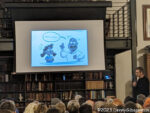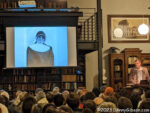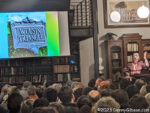The Butlers made a little money selling bathtubs on the internet. Actually, bathtubs aren’t the only things Matt Butler and his dad Mike sell at Signature Hardware, and saying they made a little money might not be telling the whole truth either. In Mike’s case, he made enough to buy a couple of hundred used cars. All were built in America between 1903 and around 1980. Apparently, Mike has occasionally let groups see his collection of cars and recently started letting the public at large in to see them — for a cause.
I first learned of Collection 21 last month when I saw this Citybeat article. The collection is available for viewing on Fridays and Saturdays from 10 AM to 4 PM. 100% of the requested $15 donation goes to Housing Opportunities of Northern Kentucky. I visited last Friday and the trio at left more or less greeted me when I entered. The red car is a replica of a 1936 Auburn Boattail Speedster built on a modern GM chassis. It was the only replica I noticed in the collection. The pair of 1937 Cord 812s that bracket it are very real as was every other car I took note of.
I had barely moved beyond those Cords when these Lincolns caught my eye. The 4-door is a 1967. I remember seeing a slightly older model in high school and thinking it was one of the coolest cars ever. Lincoln 4-door convertibles still fascinate me. The 2-door should fascinate everybody. The Derham Body Company made two of these 2-seaters in 1962 by drastically shortening full-size Lincoln Contentials. The resulting car is actually four inches shorter than a same-year Corvette. The idea never went beyond the prototype stage and one of the cars was totaled making this the only one of its kind.
This car was factory built and it’s not one of a kind but it sure is strange. It is a 1929 Chevrolet AC International Landau Convertible and there were supposedly about 300 of them made. I guess it’s for people who enjoy open-air motoring just a wee tiny bit.
The cars are not formally arranged although there are clusters of similar vehicles. I’ve clustered three cars with distinctive front ends together in this panel. The 1959 “slant-eyed” Lincoln and 1950 “bullet-nosed” Studebaker were physically side-by-side’ although I can’t say why. The 1940 “sharknose” Graham was several cars away.
The first Ford Ranchero car/truck was a 1957 model. The Chevrolet El Camino would not appear until 1959. Maybe the carlike fiberglass trim on the 1958 Apache Cameo Carrier was intended to fill the gap. Dodge put station wagon fins on their Sweptside pickups in 1957 and ’58 but they never did make a full-size Ranchero/El Camino equivalent.
The 1946 Lincoln Continental and 1939 Packard 1703 were parked next to each other. If there is a need to impress the neighbors, I’m pretty sure that either of these would do the job. That’s a 1931 Ford Model A in the foreground of that third picture but the thing that caught my eye was the shiny temperature gauge on the 1928 Dodge Brothers Victory Six beside it. The next car in line is a 1912 Maxwell Messenger.
When I eventually exited the building, two other fellows were beside me. We all made comments about how impressive the collection was. I mentioned that I had never seen so many split-window Corvettes in one place. They both agreed but when I said I thought there were seven of them, I was corrected. I had forgotten one near the front which made eight. I’d never had to count them before and just didn’t do well. There are five in this picture. The others are scattered here and there.
Among the brass-era cars in the collection is this 1911 Model 30 Cadillac. The Model 30 was manufactured from 1908 through 1914 with the price growing from $1400 to nearly $2000. When this particular car was built, the base price was about $1700. In 1912, the Model 30 became the first production car with an electric starter.
I could have included this 1903 Curved Dash Oldsmobile in the earlier panel of distinctive front ends. No electric starter for this guy. With production starting in 1901, this is generally considered the first mass-produced automobile. By the time production ended in 1907, roughly 19.000 of these one-cylinder wonders had been built.
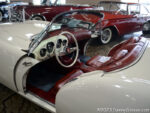
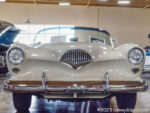 If I had turned left instead of right when I came in, this 1954 Kaiser Darrin, with its own distinctive front end — and doors — would have been one of the first cars I saw rather than nearly the last. They say there are between 220 and 230 cars here at any time and that all can be started and driven. I have obviously shown just a tiny fraction in this post. Seeing cars as rare as many of those here at way under a dime a piece is a great deal and knowing you’re helping a charity makes it even better.
If I had turned left instead of right when I came in, this 1954 Kaiser Darrin, with its own distinctive front end — and doors — would have been one of the first cars I saw rather than nearly the last. They say there are between 220 and 230 cars here at any time and that all can be started and driven. I have obviously shown just a tiny fraction in this post. Seeing cars as rare as many of those here at way under a dime a piece is a great deal and knowing you’re helping a charity makes it even better.

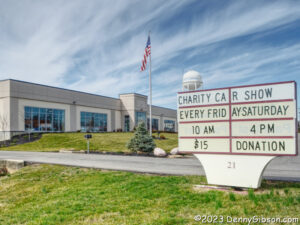
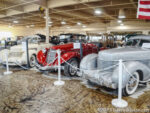
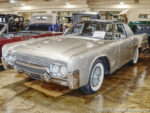

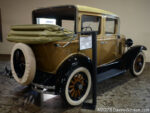
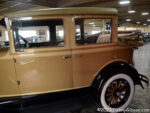

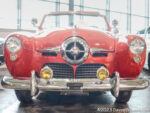

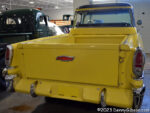

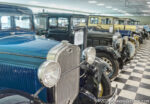
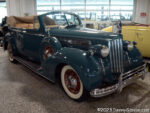
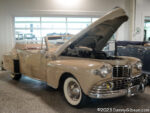


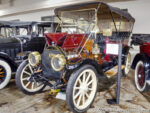
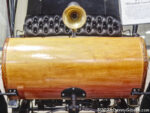

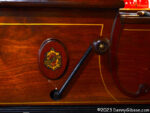
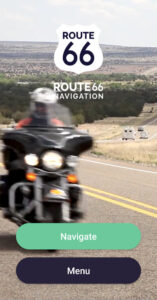







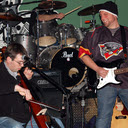
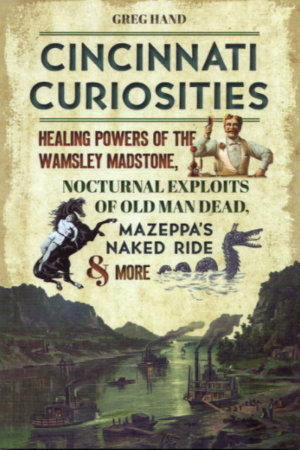 Greg Hand has been a man of letters — or at least a man of words — his entire adult life. He began as a newspaper reporter, moved up to editor, left to head up a university PR department, co-authored three books about the university while he was there, then retired. I was not even slightly aware of any of this as it was happening. I only became aware of Hand’s existence when I stumbled upon the blog he started post-retirement. His knowledge of local history and ability to dig up information to augment that knowledge was immediately apparent and I’ve been an ardent reader of that blog ever since that happy discovery. The blog’s name is Cincinnati Curiosities and it can be found
Greg Hand has been a man of letters — or at least a man of words — his entire adult life. He began as a newspaper reporter, moved up to editor, left to head up a university PR department, co-authored three books about the university while he was there, then retired. I was not even slightly aware of any of this as it was happening. I only became aware of Hand’s existence when I stumbled upon the blog he started post-retirement. His knowledge of local history and ability to dig up information to augment that knowledge was immediately apparent and I’ve been an ardent reader of that blog ever since that happy discovery. The blog’s name is Cincinnati Curiosities and it can be found 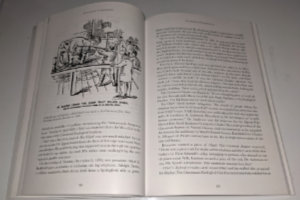 In fact, later in the book, Hand offers another very different capsulated view of the city. On December 12, 1890, he tells us, “The Palace Hotel had elephant steak on the menu because an elephant was executed by firing squad that morning at the Cincinnati Zoo. Hundreds of people watched. That pretty much summarizes Cincinnati in 1890.”
In fact, later in the book, Hand offers another very different capsulated view of the city. On December 12, 1890, he tells us, “The Palace Hotel had elephant steak on the menu because an elephant was executed by firing squad that morning at the Cincinnati Zoo. Hundreds of people watched. That pretty much summarizes Cincinnati in 1890.”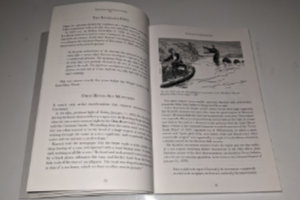 “The Sensational and the Senseless” is the fourth of ten chapters. Other chapters tell of monsters in the Ohio River (“The Old Weird Cincinnati”), Fanny Trollope’s visit during the “Porkoplis” period (“Tales From the Old City”), the possibility that striptease was invented in Cincinnati (“Freaks, Flesh, and Footlights”), and a large variety of other topics. The striptease claim is based on Millie De Leon’s orchestrated removal of several garters in 1901, and Hand cites the claim in suggesting that a Striptease Hall of Fame might be an “appropriate addition to our Over-the-Rhine neighborhood”.
“The Sensational and the Senseless” is the fourth of ten chapters. Other chapters tell of monsters in the Ohio River (“The Old Weird Cincinnati”), Fanny Trollope’s visit during the “Porkoplis” period (“Tales From the Old City”), the possibility that striptease was invented in Cincinnati (“Freaks, Flesh, and Footlights”), and a large variety of other topics. The striptease claim is based on Millie De Leon’s orchestrated removal of several garters in 1901, and Hand cites the claim in suggesting that a Striptease Hall of Fame might be an “appropriate addition to our Over-the-Rhine neighborhood”. 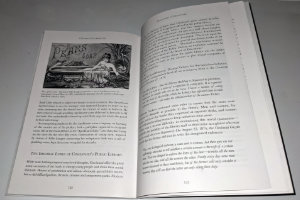 Hand’s usually light-hearted reports are often accompanied by contemporary illustrations. At left is a Pears Soap advertisement based on Lillie Langtry’s famous bath in Apollinaris water at Cincinnati’s Grand Hotel in 1883. It’s in the chapter titled “Nudity, Naughtness, and Negotiable Affection”, and if that doesn’t get you interested in the book I don’t know what will.
Hand’s usually light-hearted reports are often accompanied by contemporary illustrations. At left is a Pears Soap advertisement based on Lillie Langtry’s famous bath in Apollinaris water at Cincinnati’s Grand Hotel in 1883. It’s in the chapter titled “Nudity, Naughtness, and Negotiable Affection”, and if that doesn’t get you interested in the book I don’t know what will.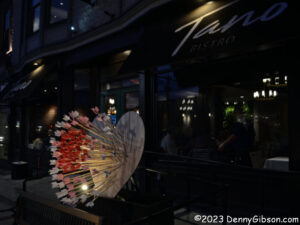
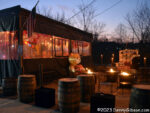

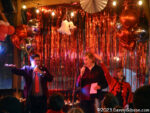

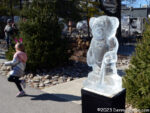



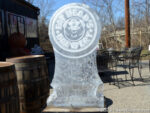
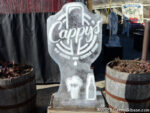
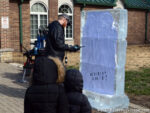
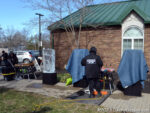

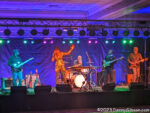
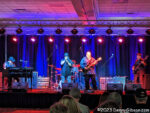
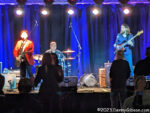

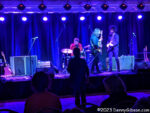
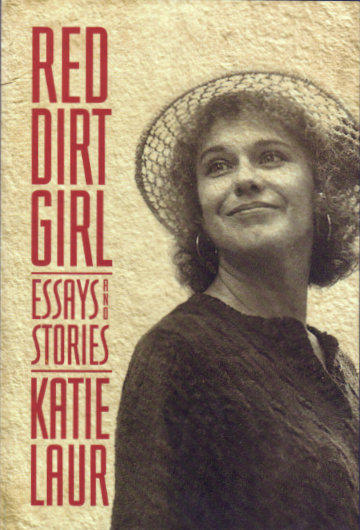 This was one of the most flat-out enjoyable reads I’ve had in a long time. I have seen Katie perform many times, heard her talk on the radio several times, and even chatted with her personally a few times. I knew her as a talented musician and entertaining storyteller but I did not know her as a writer. Others, it seems, have been aware of Laur’s writing skills for some time. It’s my impression that nothing other than the foreword, an introduction, and Katie’s acknowledgments was written specifically for this book. In one of the book’s essays, Katie talks of selling her writing and says she sold everything she wrote. From that, I assume that each of the essays and stories that make up Red Dirt Girl has previously appeared in print somewhere. Where I don’t know and regret that where ever it was, it was outside my field of vision. That I am only now seeing the literary side of Katie is very much my loss. This gal can write.
This was one of the most flat-out enjoyable reads I’ve had in a long time. I have seen Katie perform many times, heard her talk on the radio several times, and even chatted with her personally a few times. I knew her as a talented musician and entertaining storyteller but I did not know her as a writer. Others, it seems, have been aware of Laur’s writing skills for some time. It’s my impression that nothing other than the foreword, an introduction, and Katie’s acknowledgments was written specifically for this book. In one of the book’s essays, Katie talks of selling her writing and says she sold everything she wrote. From that, I assume that each of the essays and stories that make up Red Dirt Girl has previously appeared in print somewhere. Where I don’t know and regret that where ever it was, it was outside my field of vision. That I am only now seeing the literary side of Katie is very much my loss. This gal can write.

